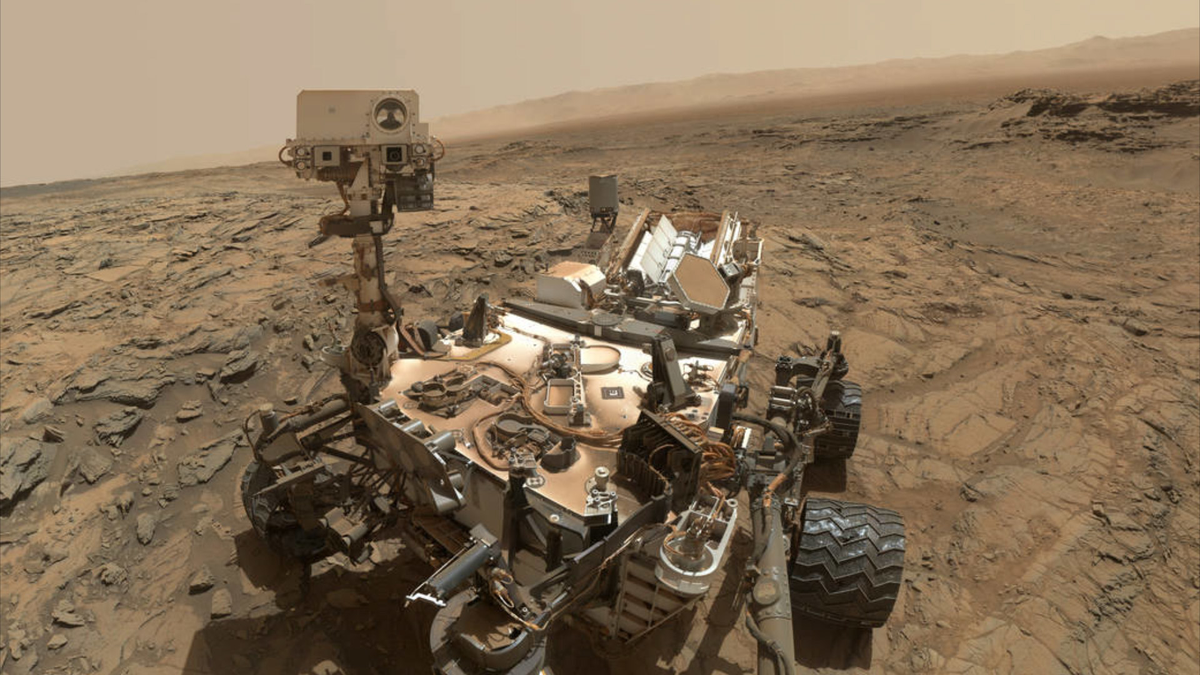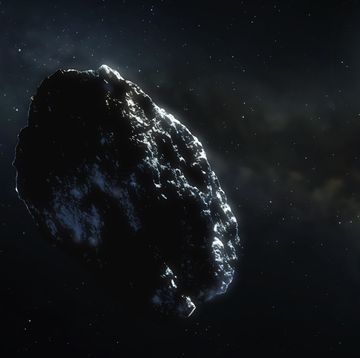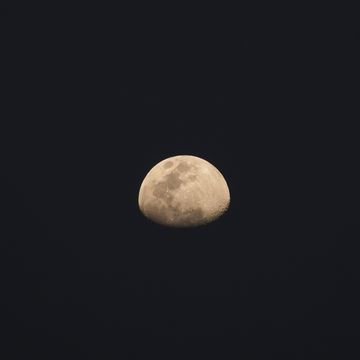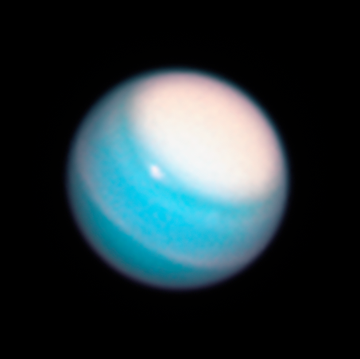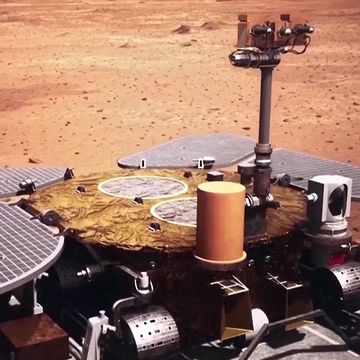- Water may be evaporating off Mars’ surface much more quickly than scientists previously thought.
- This could shape our understanding of when conditions of the red planet became so dry.
- Better understanding the history of conditions on Mars can also help researchers pinpoint additional and alternative locations for further study.
The dry, dusty surface of Mars is a cold and unforgiving place. But it wasn’t always that way. Evidence gathered from orbiters and rovers that have circled and traipsed across the planet’s surface have revealed a brilliant picture of a previous red planet.
More than a billion years ago, the surface of Mars was covered in liquid water. (Right now, all of the planet's water is locked in polar ice caps.) Sulfate salt deposits found near the upper Murray formation region have revealed a period in Mars’ history when a rapid evaporation of water occurred.
All that water vapor was lost to space. Scientists have been trying to understand how and when exactly this might have happened. New research may begin to provide some answers.
An international team of researchers has found a larger-than-expected amount of water vapor in Mars' upper atmosphere. The scientists believe seasonal changes are largely responsible for the excess water. Mars’ atmosphere becomes supersaturated with water vapor during the planet’s stormier months—10 to 100 more than conditions should allow.
Researchers were intrigued, so they turned to Roscosmos and European Space Agency’s Trace Gas Orbiter for answers. Frigid atmospheric temperatures should have forced the excess water vapor to condense into clouds, but there wasn’t evidence that had happened, according to the study, which was published in Science. The orbiter’s observations suggest that it could escape into space much more quickly and easily than previously thought.
These findings can help researchers better understand Mars' previous and current geological and atmospheric conditions, which can help constrain which future landing sites will provide the most information about the planet.
Jennifer Leman is a science journalist and senior features editor at Popular Mechanics, Runner's World, and Bicycling. A graduate of the Science Communication Program at UC Santa Cruz, her work has appeared in The Atlantic, Scientific American, Science News and Nature. Her favorite stories illuminate Earth's many wonders and hazards.

